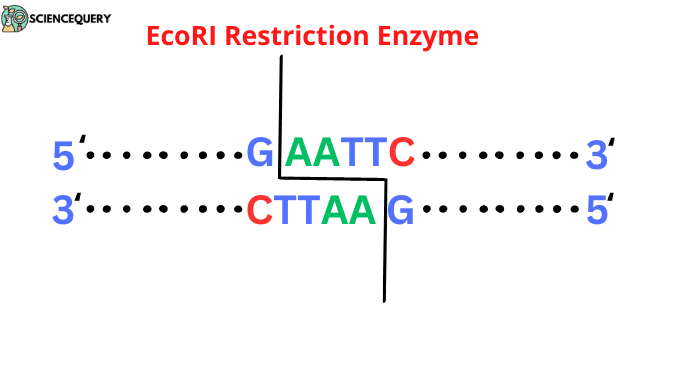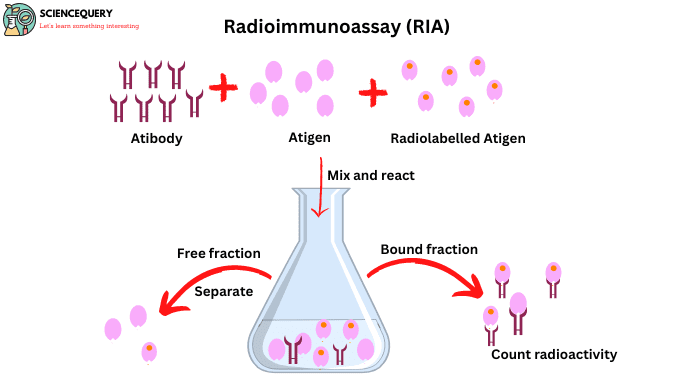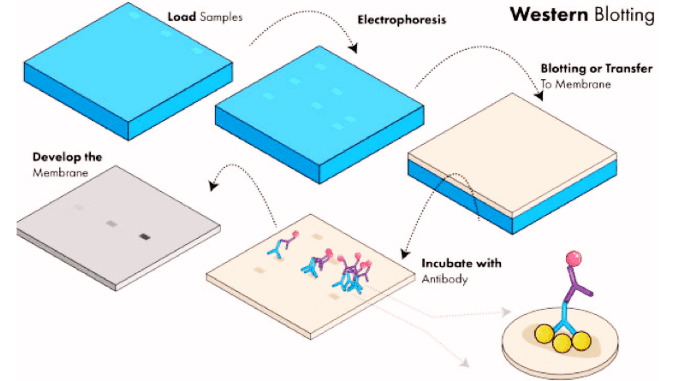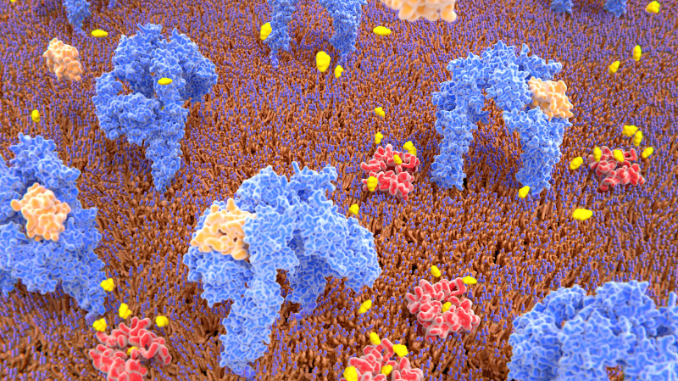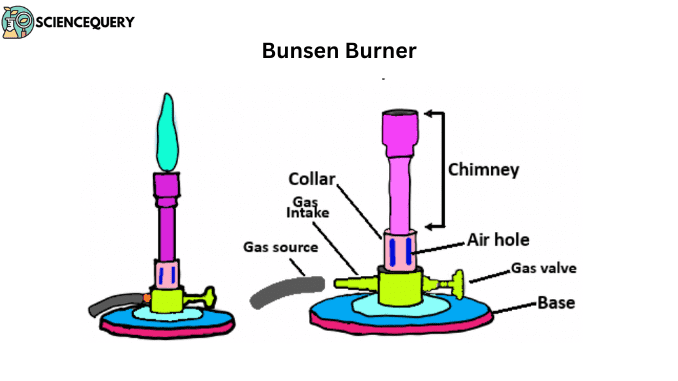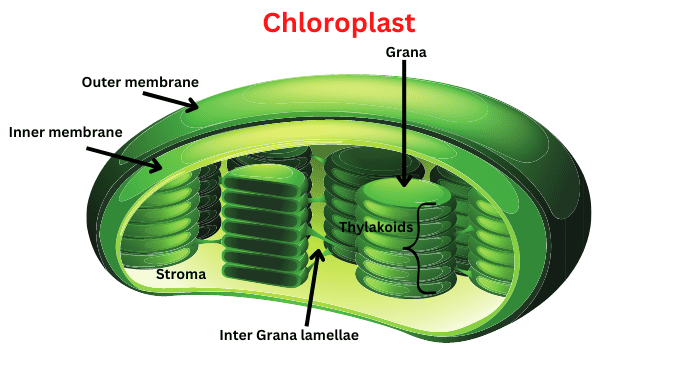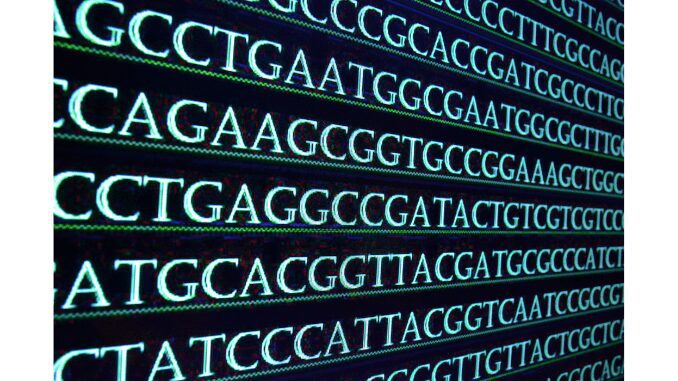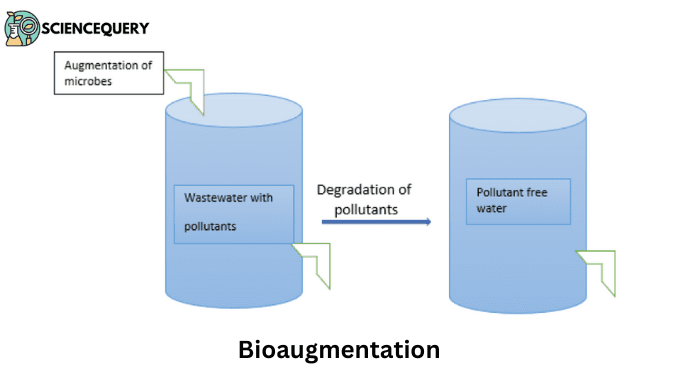Enzyme immunoassays
Know in one minute about Enzyme immunoassay Enzyme immunoassay is an important technique for the detection of proteins, hormones, peptides, etc. EIA determines the sample by using enzyme-linked antibodies. Horseradish Peroxidase, alkaline phosphatase is used for labeling antigens or antibodies because they have chromogenic substrates. Enzyme immunoassay performs both qualitative and quantitative tests. We can […]
Enzyme immunoassays Read More »


